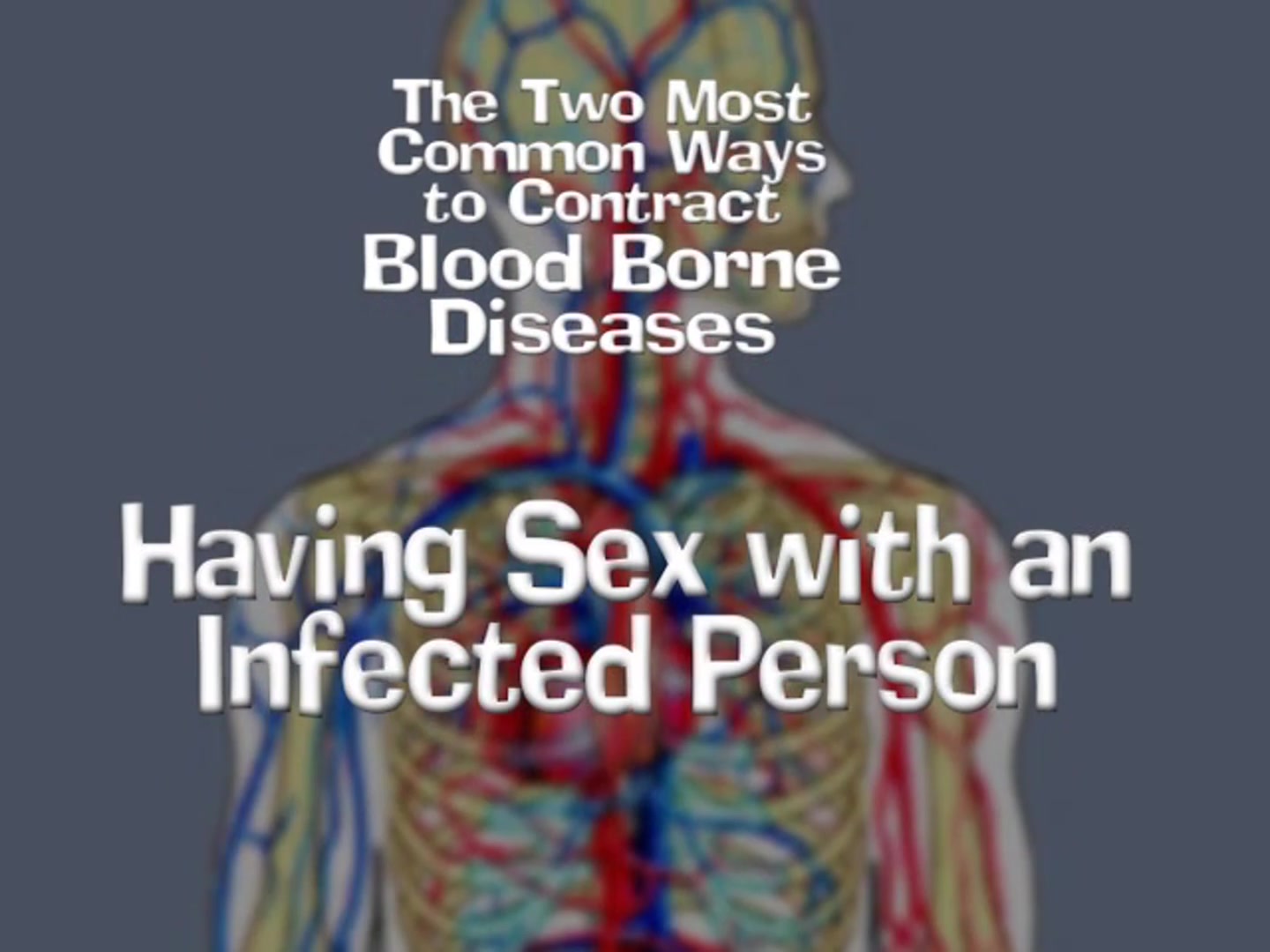Products Showing 10 of 10
-

The Immune System: Our Internal Defender
Explore the complex immune system
This program explores the complex and remarkable immune system and its vital role in the defense of our bodies.
It introduces students to the microorganisms and minute foreign particles surrounding us at all times, including the infectious viruses and bacteria that threaten us when these foes break through the body's outer defenses. It explores the nature of immunity, graphically presents phagocytes, T-cells, and B-cells, the defending heroes of the immune system, and outlines the phases of immune response — from recognition of the invader to the eventual slowdown of the battle as the invader is defeated.
More InfoWHEN YOU RENT YOU CAN:
Stream up to 1080p from this website. Rentals start on first play and end after 24 hours. -

The Immune System: Doing Its Part
Explore the complex immune system. Grades 3-5
Explore the complex and remarkable immune system and its vital role in the defense of our bodies.
This program describes certain malfunctions of the immune system, including allergic responses and autoimmune disorders, and introduces the concept of rejection. It explains how HIV (the virus that causes AIDS) is able to overpower the immune system so that it can no longer protect the body from disease.
Doing Its Part stresses the importance of basic good hygiene and preventive health practices in avoiding exposure to harmful germs and in maintaining a healthy immune system.
More InfoWHEN YOU RENT YOU CAN:
Stream up to 1080p from this website. Rentals start on first play and end after 24 hours. -

Blood Vs. Germs
How germs and diseases spread. Age Group: Grades 5-8
How are germs and diseases spread? That's just what these middle schoolers are trying to uncover for their next science report. After the kids meet an uncle with Hepatitis C they realize that the way the body works is a lot like a video game. In gathering information for their report the kids find out how diseases are spread and how the immune system works to fight off those diseases.
More InfoWHEN YOU RENT YOU CAN:
Stream up to 1080p from this website. Rentals start on first play and end after 96 hours. -

Blood Borne Pathogens
Blood Borne Pathogens and Other Germs will help keep your students and their friends safe and healthy. Age Group: Grades 2-5
Focusing on the school setting, this no-nonsense presentation explains how to avoid transmission of pathogens, with emphasis on those carried by blood and other bodily fluids. This timely program covers these important topics:
- What to do when someone has a nosebleed or gets a cut or scrape
- How teachers and the school nurse can help when someone is bleeding
- Dangerous behaviors that may spread blood borne disease, such as handling needles or broken glass
- Germs - and how they travel from person to person
The importance of handwashing in preventing illness By showing kids everyday dangers of classroom and playground, and by outlining some simple safeguards, Blood Borne Pathogens and Other Germs will help keep your students and their friends safe and healthy.
More InfoWHEN YOU RENT YOU CAN:
Stream up to 1080p from this website. Rentals start on first play and end after 96 hours. - What to do when someone has a nosebleed or gets a cut or scrape
-

AIDS Facts for Kids
This compelling program gives kids the facts they need to make healthy choices. Grades 5-8
Here is a straightforward message for your students: "Protecting yourself from HIV and AIDS is your own responsibility." AIDS: Facts for Kids puts to rest unnecessary fears about HIV infection, then focuses on the real dangers of uninformed or irresponsible behavior.
Beginning with the basics, students learn about HIV and how it disables the immune system, leaving the infected person vulnerable to an array of diseases. Students learn that we don't catch HIV from a sneeze, a water fountain, a telephone, a swimming pool, or other casual contact with an HIV-infected person. HIV is transmitted in two ways: by having sex with an infected person or by allowing infected blood to get mixed with our own.
This program offers straightforward advice to students:
-Don't have sex
- Don't use illegal drugs
-Guard against any activity - like piercing a friend's ears - that might result in the mixing of blood
More InfoWHEN YOU RENT YOU CAN:
Stream up to 1080p from this website. Rentals start on first play and end after 2 hours.




